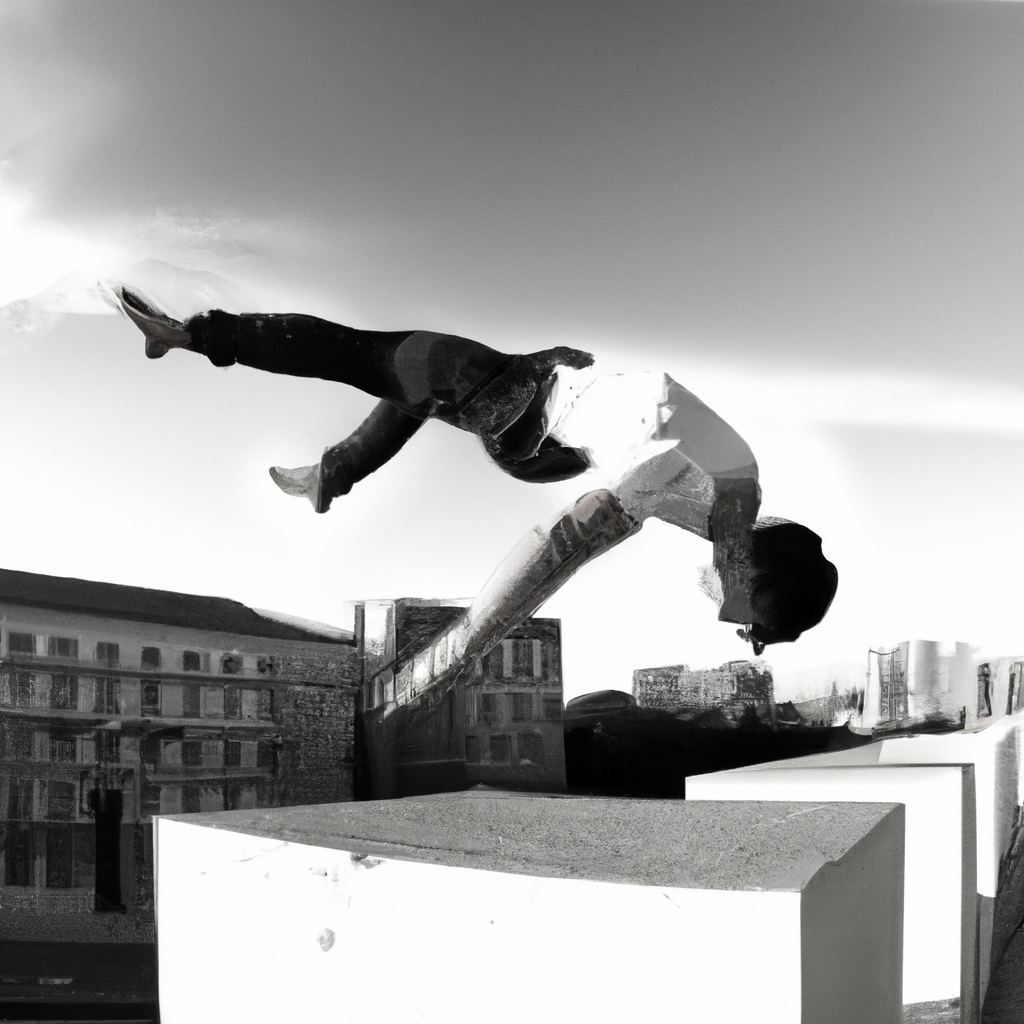Parkour has been gaining popularity over the years and is now a popular discipline for urban movement enthusiasts all over the world. Many people don’t know that parkour wasn’t just born of a love for movement. It was also the brainchild a group pioneering individuals who wanted to create a new way to move around the world. This article will explore the history of parkour, its founders, and the amazing people who made it possible.
What is Parkour?
Before we get into the history and practice of parkour, it is important to know what this discipline is. Parkour is a movement style that uses only the human body to get from A to B. Parkour involves moving through urban environments, climbing over obstacles, and maintaining momentum while still being fluid.
Parkour’s Origins
Although parkour is now a well-known international phenomenon, its humble beginnings are still evident. It all started in the 1980s in Lisses, a French suburb of Paris. A group of young men led David Belle and Raymond Belle, a former military firefighters, began exploring movement and exploration.
Raymond Belle: The Originator
Raymond Belle, a veteran both of the French military as well as the Paris Fire Brigade played a major role in the development parkour. His experience as a firefighter meant that he was trained in survival, combat, and rescue techniques. This training helped to create the foundation for parkour. He was a firefighter and used his training to climb up and down walls, traverse buildings and overcome obstacles.
The Yamakasi
David Belle and his friends continued exploring and developing their movement style and attracted others who shared their passion. This group quickly grew to be known as the Yamakasi. Its name is derived from a Congolese term meaning “strong spirit. Strong body. Strong man.”
David Belle: The Face and Future of Parkour
David Belle is the founder of parkour and the public face of the discipline. His vision, talent, and passion were the key to making parkour a worldwide phenomenon. Belle’s devotion to the discipline has allowed it to grow and evolve into what we know today.
Sebastien Foucan, The First to Leave
But not everyone was able to stay with Belle in the early stages of parkour development. Sebastien Foucan (one of the original Yamakasi members) decided in 1996 to leave the group and create his own free-form movement style. This new discipline was named freerunning and quickly became a popular complement to parkour. It is one of the most popular urban movements styles today.
Parkour goes international
Parkour gained popularity in France and the rest of the world over the years that followed its founding. Parkour was one of the fastest-growing urban movements styles by the turn of the millennium. There were groups and communities of practitioners all over the world.
David Belle’s Legacy
Parkour is now more than a sport. It has become a way of living for many of its practitioners. The original members of the Yamakasi, David Belle and Raymond Belle, are at the heart and soul of parkour. Their passion and dedication allowed them to create a new way to move and explore the world around them.
Parkour Today: What is it worth?
Parkour reminds us that movement is beautiful and powerful in a world that can sometimes feel disconnected and sterile. Parkour celebrates the fundamental capabilities of the human body and is a testament of the strength of the human spirit. Parkour is still a vital and inspiring discipline with millions of practitioners all over the world. It continues to challenge and inspire everyone.

Leave a Reply